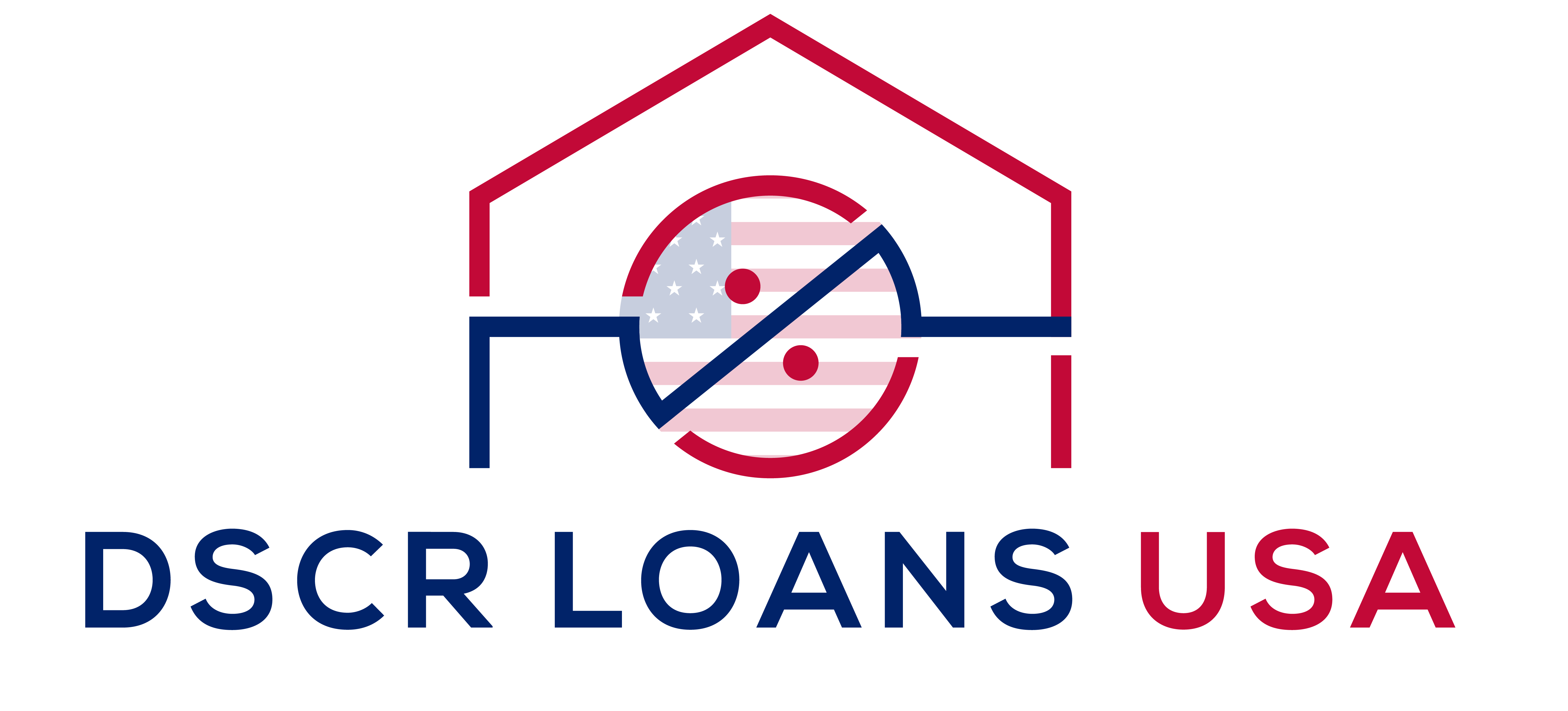Investing in property can transform your financial future.
Did you know real estate has created nearly 90% of the world’s millionaires?
Related: Dave Ramsey Says Real Estate Investing Isn’t Passive Income
This article equips you with the knowledge and tools to navigate the exciting world of property investment. It will help you make informed decisions and maximize your returns, whether you’re just starting out or you’re looking to expand your portfolio.
Crafting Your Winning Property Investment Strategy
Why is a well-defined property investment strategy crucial? It’s your roadmap to achieving your financial goals, enabling maximized returns and minimized risks through:
- Maximized Returns: Selecting the right properties based on market trends and strategic investment approaches can significantly boost your returns.
- Minimized Risks: Being strategic helps you make informed decisions, mitigating risks associated with market fluctuations, tenant issues, and unexpected expenses.
Developing Your Investment Strategy: The Foundation of Success
To build a successful strategy, start with introspection and meticulous planning:
- Know Your Numbers: Assess your financial situation to determine a realistic budget. For example, if your annual income is $100,000, consider properties priced at $300,000 to $400,000 to start.
- Goal Setting: Define your short-term and long-term goals. Are you aiming for steady rental income or capital appreciation?
- Market Research: Dive deep into market trends to identify high-growth potential areas and favorable investment opportunities.
Choosing the Right Investment Property
A successful property investment strategy begins with introspection and meticulous planning. This section guides you through the essential steps to lay a solid foundation for your investment journey.
- Know Your Numbers: Establish a Realistic Financial Framework
Before you venture into the real estate market, it’s crucial to have a clear understanding of your financial standing. This involves:
- Assessing Your Financial Health: Review your total income, savings, and existing financial obligations. Consider how much you can afford to invest without compromising your financial stability.
- Determining Your Investment Budget: Based on your financial review, set a realistic budget for your property investment. For instance, if your annual income is $100,000, you might look at properties priced between $300,000 and $400,000. However, also factor in additional costs such as down payments, closing costs, and any immediate renovations that may be necessary.
- Calculating Financing Options: Explore different financing methods available, such as mortgages, home equity loans, or other lending options. Understand the terms, interest rates, and potential impacts on your long-term financial goals.
- Goal Setting: Define Clear, Actionable Objectives
Clearly defined goals are the cornerstone of any successful investment strategy. Your goals should be specific, measurable, achievable, relevant, and time-bound (SMART):
- Short-Term Goals: These might include acquiring your first investment property within the next year, completing a renovation project, or achieving a certain percentage of rental occupancy.
- Long-Term Goals: Consider where you want your investment to lead you in the next 5 to 10 years. Are you looking to build a portfolio of rental properties for steady income, or are you interested in the capital appreciation of properties that you can sell at a profit?
- Risk Assessment and Management: Identify your risk tolerance and how it aligns with your investment goals. This will help you decide which types of properties and investment strategies best fit your financial landscape and risk profile.
- Market Research: Dive Deep into the Real Estate Landscape
Thorough market research is essential to identify lucrative investment opportunities and high-growth potential areas. Here’s how you can conduct effective market research:
- Analyzing Market Trends: Stay informed about the latest trends in the real estate market, such as changes in housing demand, rental yields, and property value trends. Tools like real estate databases, market analysis reports, and local government data can provide valuable insights.
- Identifying Growth Areas: Look for areas with growing employment rates, planned infrastructure developments, or increasing population trends. These indicators can suggest a rising demand for housing and potential for property value increases.
- Evaluating the Local Economy: Understanding the economic stability of the area where you plan to invest is crucial. Consider factors such as the diversity of industries, average income levels, and economic forecasts.
The type of property you choose significantly impacts your investment journey. Here’s a breakdown of popular options, each with its own set of benefits and considerations:
- Residential Properties: Ideal for long-term financial security through steady rental income.
- Commercial Properties: Potentially higher yields, but with greater risk.
- Industrial Properties: Characterized by long leases and stable tenants, suitable for predictable returns.
Analyzing Your Investment: A Critical Step
Before committing to any property investment, conducting a thorough analysis is vital to ensure that your decision is financially sound and aligns with your long-term goals. This analysis should include a detailed cash flow examination and an assessment of the property’s growth potential.
- Cash Flow Analysis: Ensuring Financial Viability
A comprehensive cash flow analysis will help you understand the true cost of your investment and its potential for profit. Here’s how to approach it:
- Calculate Total Income: Start by estimating the total potential income from the property. This includes not only the monthly rental income but also any other potential earnings like parking fees, service charges, or laundry facilities.
- Subtract Expenses: Deduct all associated expenses from your total income to assess the net cash flow. Expenses include mortgage payments, property taxes, insurance, maintenance costs, and management fees. Don’t forget to factor in vacancy rates and potential bad debt.
- Consider Maintenance and Upgrades: Allocate a budget for regular maintenance and potential upgrades. Keeping the property attractive and up-to-date is essential for retaining tenants and justifying rent increases.
- Analyze Net Cash Flow: The remaining amount after all deductions is your net cash flow. This figure should be positive, leaving room not only to cover unexpected expenses but also to contribute to your financial goals.
- Growth Potential: Evaluating Long-Term Value Appreciation
Understanding a property’s potential for appreciation is crucial for long-term investment success. Here’s how to assess this potential:
- Market Trends: Look at historical data and current trends in property prices in the area. This includes reviewing the past appreciation rates of similar properties and projecting future growth based on community development and economic factors.
- Location Dynamics: Properties in areas poised for growth due to new infrastructure projects, schools, or business developments tend to appreciate faster. Proximity to amenities, such as public transport, parks, and schools, also significantly impacts property values.
- Economic Indicators: Economic stability, population growth, and employment opportunities in the region can indicate a strong growth potential for property values. Analyze these factors to predict future demand for housing in the area.
- Supply and Demand: Evaluate the supply and demand dynamics in the local real estate market. A low supply of available properties coupled with high demand usually leads to price increases.
Exploring Diverse Investment Strategies
Real estate offers various approaches to suit different goals:
- Buy and Hold: Focus on long-term ownership, benefiting from rental income and potential appreciation.
- Fix and Flip: Purchase undervalued properties, renovate them, and sell for a profit.
- Wholesale Properties: Act as a middleman, finding deals and passing them to other investors for a fee.
Evaluating Your Success
Regularly monitor your investments to adapt your strategy as needed:
- Return on Investment (ROI): A key metric that reveals the profitability of your investment.
- Cash Flow Analysis: Continuously monitor to ensure your investment remains financially healthy.
- Property Value Appreciation: Track increases over time.
- Rental Yield Comparison: Compare your rental income against market averages to assess performance.
Understanding and Mitigating Risks
While property investment holds immense potential, it’s not without its risks:
- Market Fluctuations: Economic downturns can impact property values.
- Property Depreciation: Poor maintenance can reduce your property’s value.
- Tenant Issues: Unreliable tenants can disrupt income and damage property.
- Financing Risks: Rising interest rates can increase costs and strain cash flow.
Strategies for Risk Mitigation
To protect your investments:
- Diversification: Spread investments across different property types and locations.
- Due Diligence: Conduct thorough research and inspections before any purchase.
- Proper Insurance: Obtain adequate insurance to protect against unforeseen events.
- Professional Network: Build relationships with experts for advice and support.
Paving Your Way to a Secure Future
With the proper knowledge and preparation, you can embark on a rewarding journey in property investment. Start planning your strategy today and pave the way for a secure and prosperous future.
Ready for More Great Tips and Information? Join Our Email List Today!

